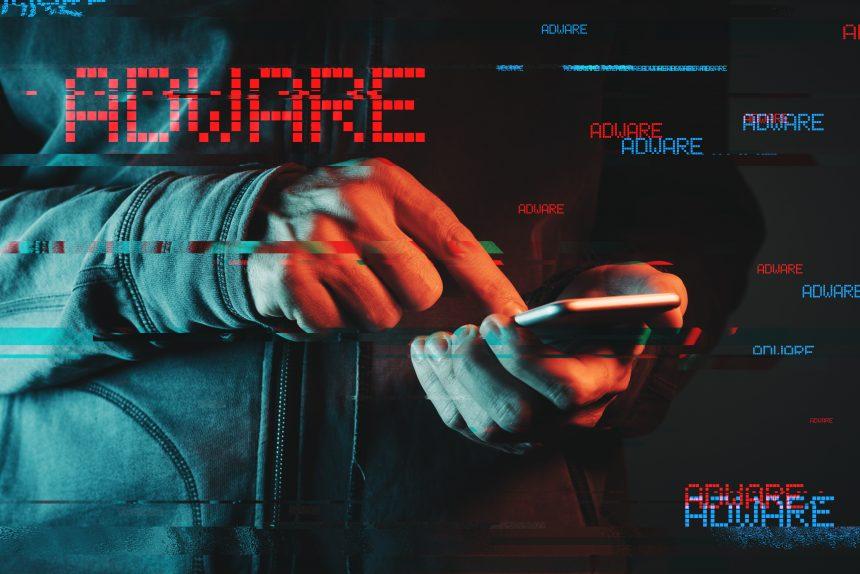In the realm of cybersecurity, the “Browser is infected” adware has emerged as a persistent nuisance targeting Mac users. This article aims to unveil the actions and consequences of this browser hijacker, shedding light on its detection names, similar threats, and providing a detailed removal guide. Furthermore, best practices for preventing future infections are highlighted to empower users in safeguarding their digital environments.
Understanding “Browser is infected” Adware
The “Browser is infected” adware is a typical browser hijacking program designed to infiltrate Mac systems and manipulate browser settings. Compatible with popular browsers like Chrome, Safari, and Firefox, this adware introduces unwelcome changes such as replacing the homepage, installing a new default search engine, and adding toolbars or browser add-ons. Once integrated, “Browser is infected” unleashes a barrage of popups, banners, in-text links, and various ads directly within the browser, significantly disrupting users’ daily browsing activities.
The consequences of “Browser is infected” are evident in the interference it causes during browsing. Users may experience an onslaught of intrusive advertisements, including page redirects that divert them to unwanted websites. The persistent display of popups, banners, and in-text links not only hampers the browsing experience but also poses a potential risk of exposure to malicious programs. Although “Browser is infected” itself is not inherently malicious, its actions may inadvertently lead users to encounter ransomware, Trojans, or other security threats.
“Browser is infected” for Mac functions as an online advertising tool, generating revenue for its developers through aggressive advertising practices. Leveraging business models like Pay Per Click, the adware aims to force users into clicking on ads by strategically placing them in inconvenient locations. While not inherently damaging to the computer, the constant display of advertising content and page redirects pose a security risk, urging users to consider its prompt removal.
Contrary to concerns about “Browser is infected” being a virus or malware, it is classified as potentially unwanted. While not causing direct harm to the computer, the adware introduces security risks through continuous page redirects and aggressive advertising. Users are advised to exercise caution to avoid exposure to ransomware, Trojans, and other threats by refraining from clicking on ads and promptly removing the source of these ads.
The developers of the “Browser is infected” app often employ program bundling for distribution. Users may unknowingly download the adware bundled with other software, such as free system optimization tools or file converters. Program bundling is a common tactic, and users can mitigate this risk by paying close attention during the installation of new programs and utilizing advanced installation settings.
Detection Names and Similar Threats
Detection names for “Browser is infected” may include terms like adware or browser hijacker. Users should remain vigilant for similar threats such as Jewelry Box, as adware developers commonly employ variations of these tactics to infiltrate systems.
Removal Guide
To effectively remove “Browser is infected” from your Mac, follow these comprehensive steps:
- Identify Suspicious Applications: Review installed programs for any unfamiliar or suspicious applications.
- Uninstall “Browser is infected”: Drag the suspicious application to the “Trash” icon.
- Remove Browser Extensions: Open each browser and navigate to the “Extensions” or “Add-ons” menu. Remove any extensions related to “Browser is infected.”
- Reset Browser Settings: Go to browser settings and reset to default settings to eliminate unwanted changes.
- Check System Preferences: Inspect system preferences for any changes and revert to default settings if necessary.
- Clear Browser Cache and Cookies: Clearing cache and cookies can help eliminate traces of “Browser is infected.”
Best Practices for Prevention
To prevent future infections, adhere to these best practices:
- Exercise Caution During Installations: Opt for custom installations to review and deselect any optional, unwanted software.
- Keep Software Updated: Regularly update your operating system and applications to patch security vulnerabilities.
- Use Reputable Sources: Download software only from official and reputable sources.
- Enable Security Features: Activate built-in security features on your Mac.
- Educate Yourself: Stay informed about the latest cybersecurity threats and scams to recognize potential risks.
Conclusion
The “Browser is infected” adware serves as a reminder of the evolving tactics employed by cyber threats. By understanding its actions, consequences, and promptly removing the adware, users can fortify their systems against the disruptions caused by browser hijackers. Adopting best practices for prevention is crucial to maintaining a secure and uninterrupted digital experience.




